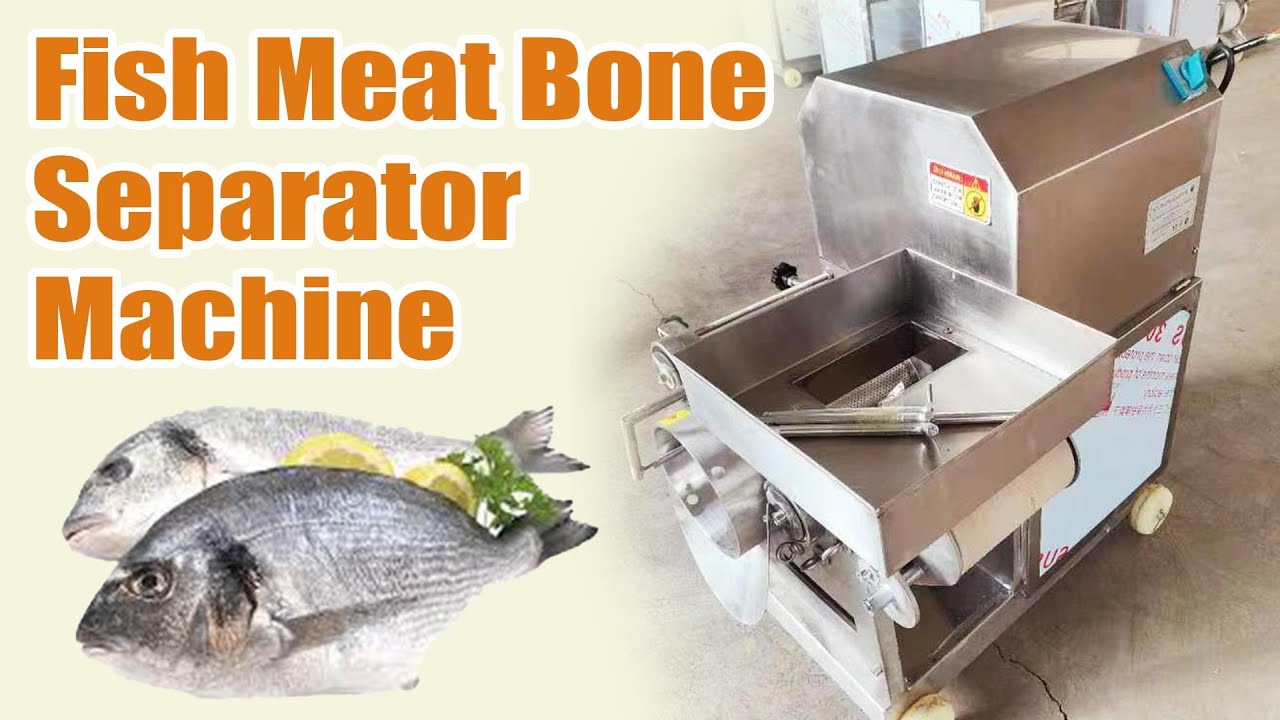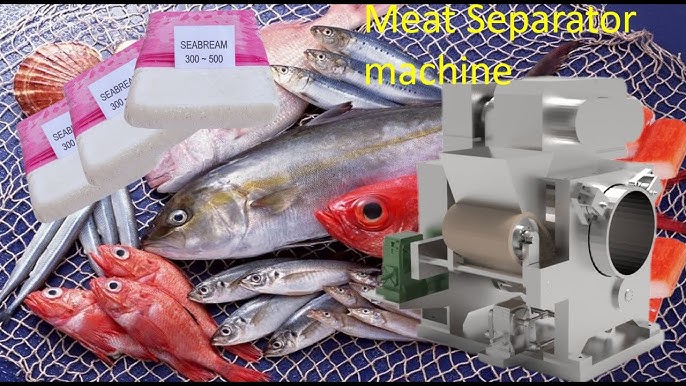10 years of experience as a food machinery equipment manufacturer
10 years of experience as a food machinery equipment manufacturer
The global demand for seafood products continues to grow, driving innovation in processing technologies designed to maximize yield, enhance quality, and improve efficiency. Among these critical technologies, fish meat separators play a pivotal role. These machines are engineered to efficiently extract fish flesh from bones, skin, and fins, transforming raw catches into valuable protein sources suitable for a wide array of food products. Developments in this field, particularly those associated with Korean engineering and manufacturing, have garnered attention for their sophisticated design and operational efficacy.

Historically, the manual deboning of fish was a labor-intensive and time-consuming process, often resulting in significant wastage of valuable meat. The advent of mechanical separators revolutionized the seafood industry by automating this crucial step. Early models laid the groundwork, but continuous research and development have led to increasingly refined machines. Modern fish meat separators, including those with origins in Korea’s advanced manufacturing sector, are noted for their precision, speed, and ability to handle diverse fish species and sizes.
These systems typically operate on principles involving mechanical pressure and filtration. Fish, often pre-processed (e.g., headed and gutted), is fed into the machine. A belt or auger system then conveys the fish against a perforated drum or screen. Gentle but firm pressure squeezes the soft fish meat through the perforations, while the harder components like bones and skin are retained and discharged separately. The key to an effective separator lies in its ability to perform this action with minimal damage to the meat fibers and maximum separation efficiency.
Fish meat separators originating from Korean technological advancements often exhibit a range of characteristics that contribute to their performance and appeal within the global food processing industry. These features generally focus on optimizing output, ensuring product integrity, and facilitating user operation.
The integration of advanced fish meat separators into seafood processing lines offers numerous benefits. Increased productivity is a significant advantage, as these machines can process large volumes of fish far more rapidly than manual labor. This heightened throughput allows businesses to scale their operations and meet growing market demands.
Reduced labor costs are another key outcome. By automating the deboning process, the reliance on manual workers for this specific task is lessened, allowing for the reallocation of human resources to other critical areas of production or quality control. This can be particularly beneficial in regions where labor costs are high or skilled deboners are scarce.
Furthermore, the consistent output quality achieved by well-designed separators contributes to product uniformity. This is crucial for manufacturers of value-added seafood products, such as fish cakes, sausages, and surimi-based items, where consistent texture and composition are expected by consumers.
From a sustainability perspective, efficient meat recovery means that more of the caught fish is utilized for human consumption. This reduction in processing waste aligns with global efforts to promote responsible resource management within the fisheries sector.
The minced fish meat produced by these separators serves as a versatile ingredient in a multitude of food products. Some prominent applications include:
When considering the adoption of a fish meat separator, processing companies typically evaluate several factors. The capacity of the machine must align with the plant’s throughput requirements. The types of fish to be processed will influence the choice of separator, as some models are better suited for specific species or sizes. The desired quality of the end product is also a critical determinant, as different machines may offer varying degrees of refinement in the separated meat.
The level of automation, ease of maintenance, and the overall build quality are also important considerations that impact long-term operational costs and reliability. While initial investment can be significant, the long-term benefits in terms of yield, labor savings, and product quality often justify the expenditure for many seafood processors.

Fish meat separators, particularly those embodying advanced engineering principles often seen in equipment from manufacturing hubs like Korea, represent a cornerstone of modern seafood processing. They empower the industry to transform raw fish into a wide array of consumable products more efficiently, hygienically, and sustainably. As technology continues to evolve, these machines will likely see further enhancements in precision, intelligence, and integration within broader automated processing lines. Their contribution to maximizing the value of aquatic resources and meeting global food demand remains undeniable, underscoring their importance in the journey from catch to consumer.
